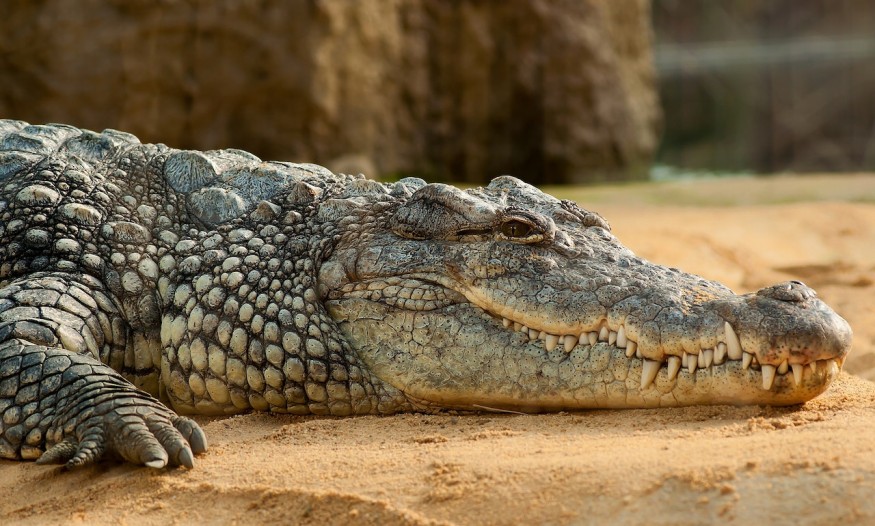Any person residing in a crocodile-infested territory knows the danger brought by this animal, which is known for having surprise attacks. Sometimes, even locals and watchful visitors fail to protect themselves from crocodile attacks.
A giant man-eating crocodile, Gustave, has gained its legendary image in East Africa. It has eaten approximately 300 humans in Burundi, terrorizing the residents for decades.

The Murder Records of Gustave the Crocodile
According to naturalist Marc Gansuana from the International Union for Conservation of Nature, Gustave the crocodile has been known for some time in areas along the Ruzizi River. Although National Geographic has also kept records of his attacks as early as 1987, it was only in 2001 that he was formally identified and named by herpetologist Patrice Faye.
Stretching almost 20 feet long and weighing 2,000 pounds, he is considered one of the largest crocodiles in Africa. This site is very crucial because it means that Gustave, the crocodile, cannot be mistaken for any other one in his territory. His massive size is also thought to be responsible for his diet, which relies heavily on humans.
As a Nile crocodile, Gustave is three times longer than the other crocodiles in Burundi, and he cannot eat their preferred food, which includes fish and small mammals. He tends to attack slow prey because they are easier to capture.
Gustave spends most of his days on an island near Lake Tanganyika, the second-largest lake in the eastern region of Africa. He travels along the Ruzizi River during mating season when he is most dangerous. As Gustave travels to Rumonge and Minago, he devours fishermen and bathers. He can eat 10, 15, or 20 humans that he encounters in the bank.
Even with his human-heavy diet, killing 300 people is still quite a feat. This number is just an estimate since it is difficult to obtain accurate death statistics for a wild animal such as Gustave. According to Gansuana, the most important thing to consider is that Gustave is a predator in the Gatumba village.
There are also instances when the giant man-eating crocodile does not eat all his prey. This led the locals to conclude that Gustave could also kill for fun. Gansuana does not support this theory because he believes crocodiles do not kill for fun. He explains that with very few requirements in food quantity, the giant man-eating crocodile rarely consumes its entire prey. Whether humans or animals, most of Gustave's prey are found almost whole, and only some parts of their bodies are missing.
What is a Nile Crocodile?
Nile Crocodiles belong to the species Crocodylus niloticus, which lives in freshwater habitats in Africa. They thrive in 26 countries in Sub-Saharan Africa and North Africa and can live up to 45 years in the wild. On average, they can grow up to 16 feet and becomes as heavy as 500 pounds. Due to their enormous weight, they can only move at a speed of 35 kilometers per hour.
These carnivorous reptiles dwell near human habitats, particularly in freshwater marshes, freshwater, and mangrove swamps. Although their leading food is fish, they can also devour almost anything that crosses their path, such as porcupines, zebras, and birds.
Nile crocodiles are known for being solitary animals, although they can occasionally feed in small groups. They are also mainly nocturnal, cooling off most of the daytime in the water.
RELATED ARTICLE : Missing Fisherman's Body Found in 1 of 2 Crocodiles Euthanized During the Search; Can Crocs Swallow a Human Whole?
Check out more news and information on Crocodiles in Science Times.










